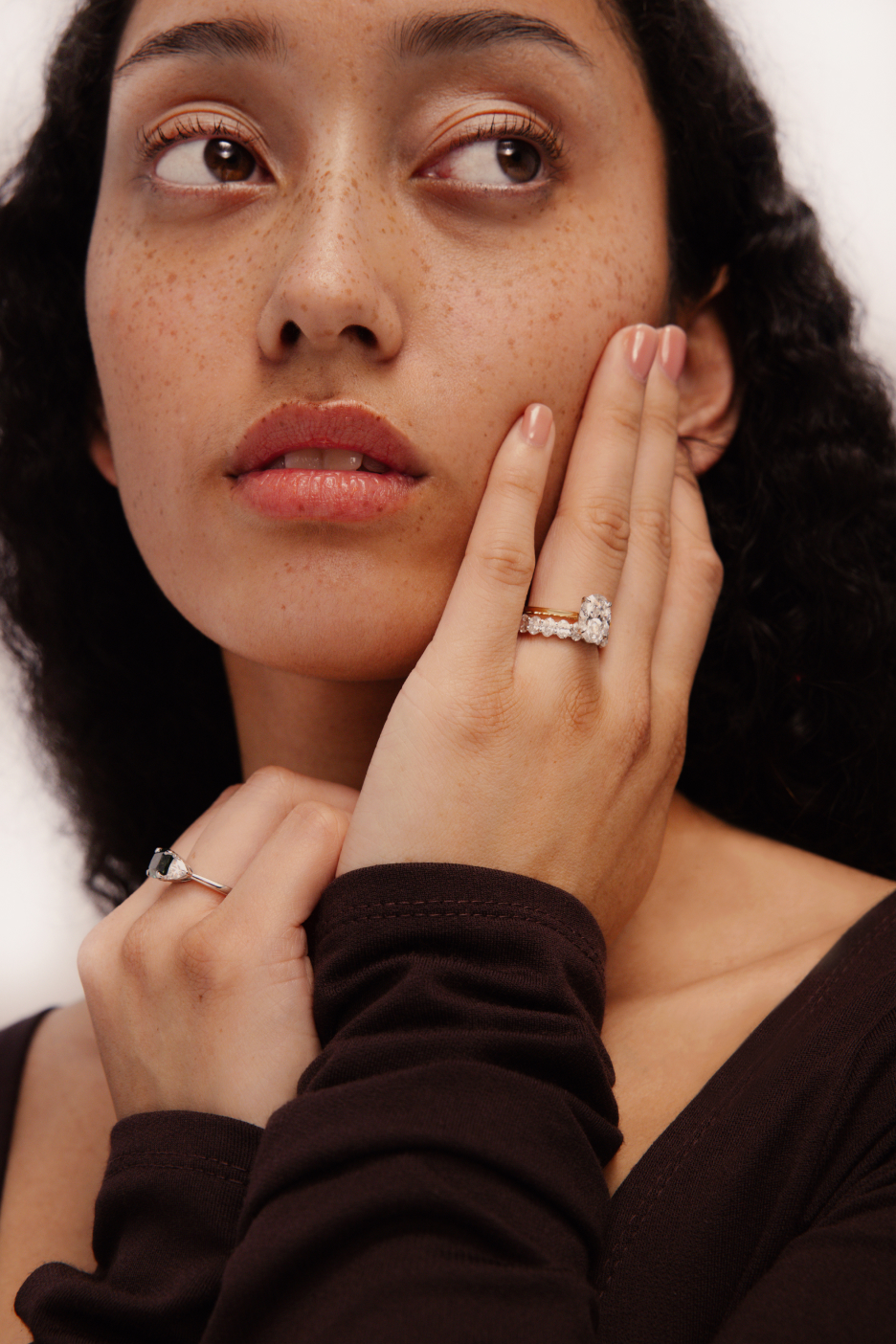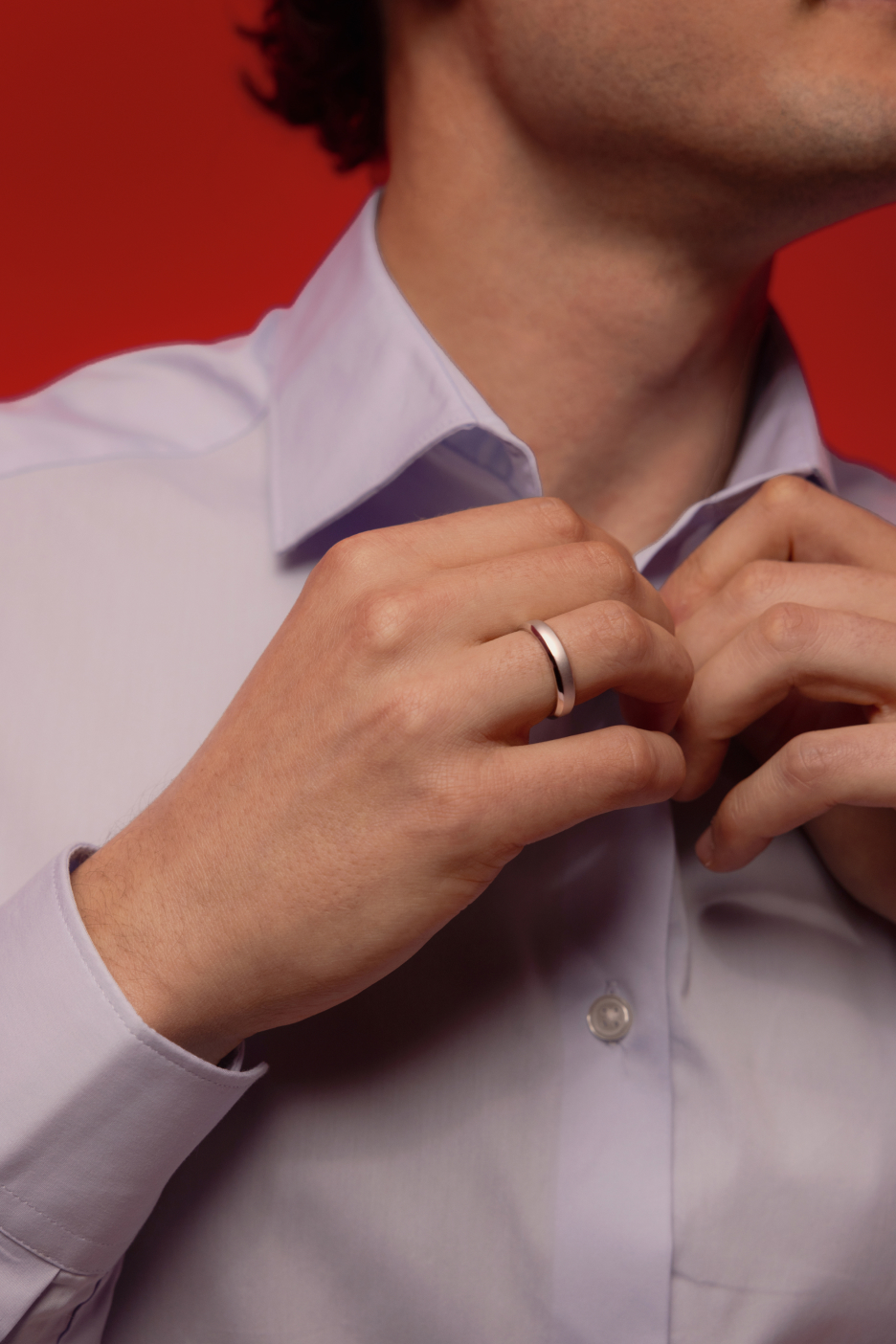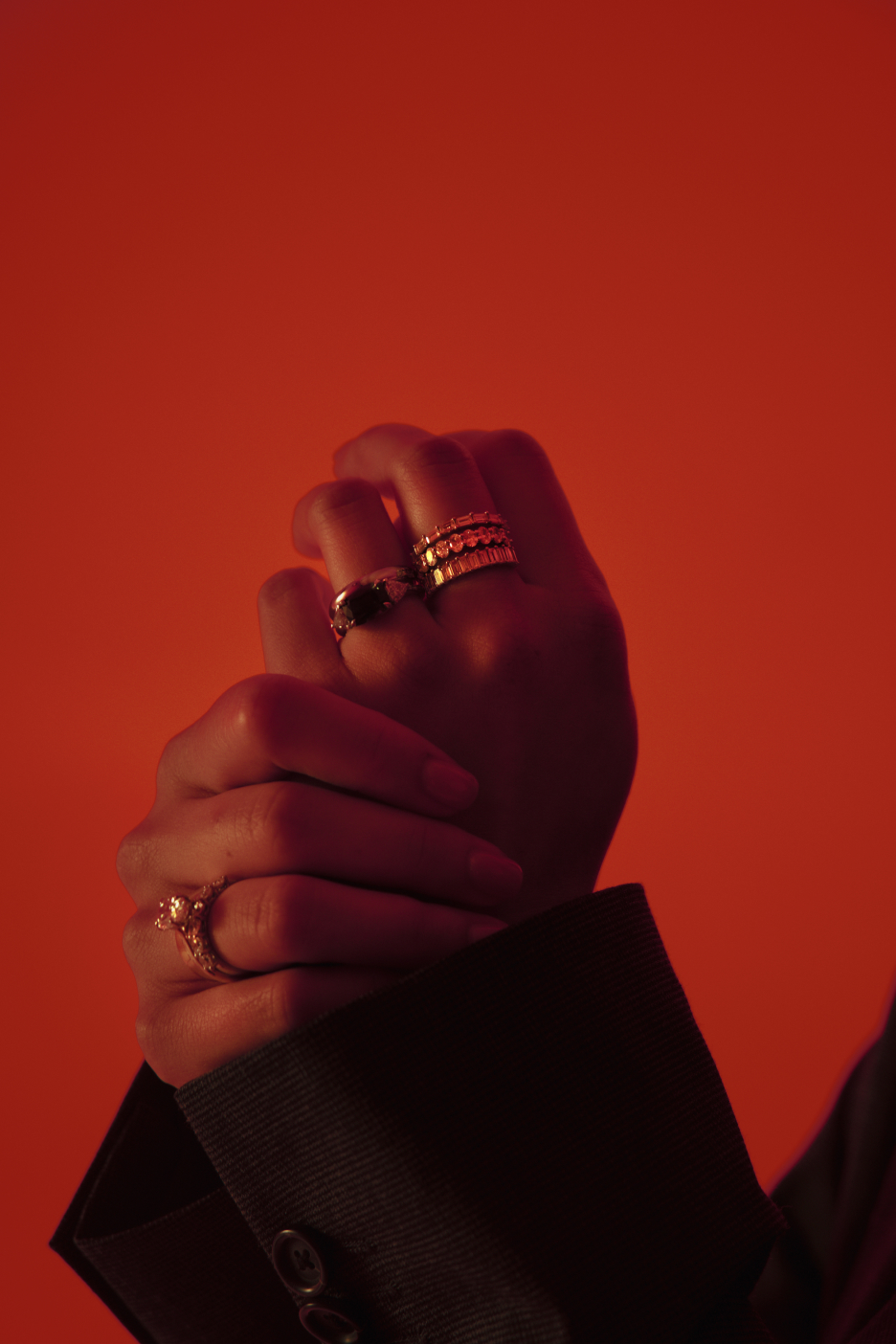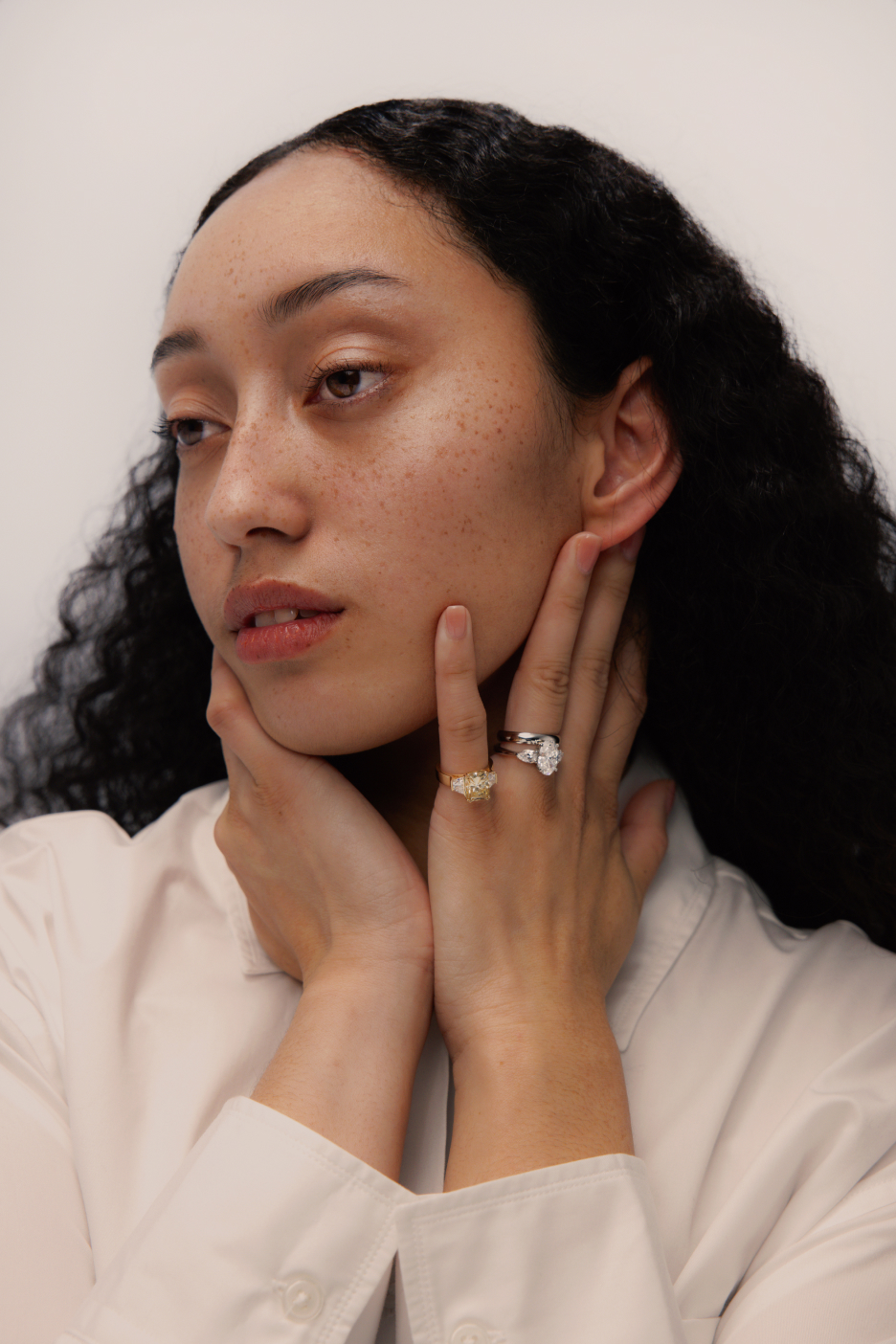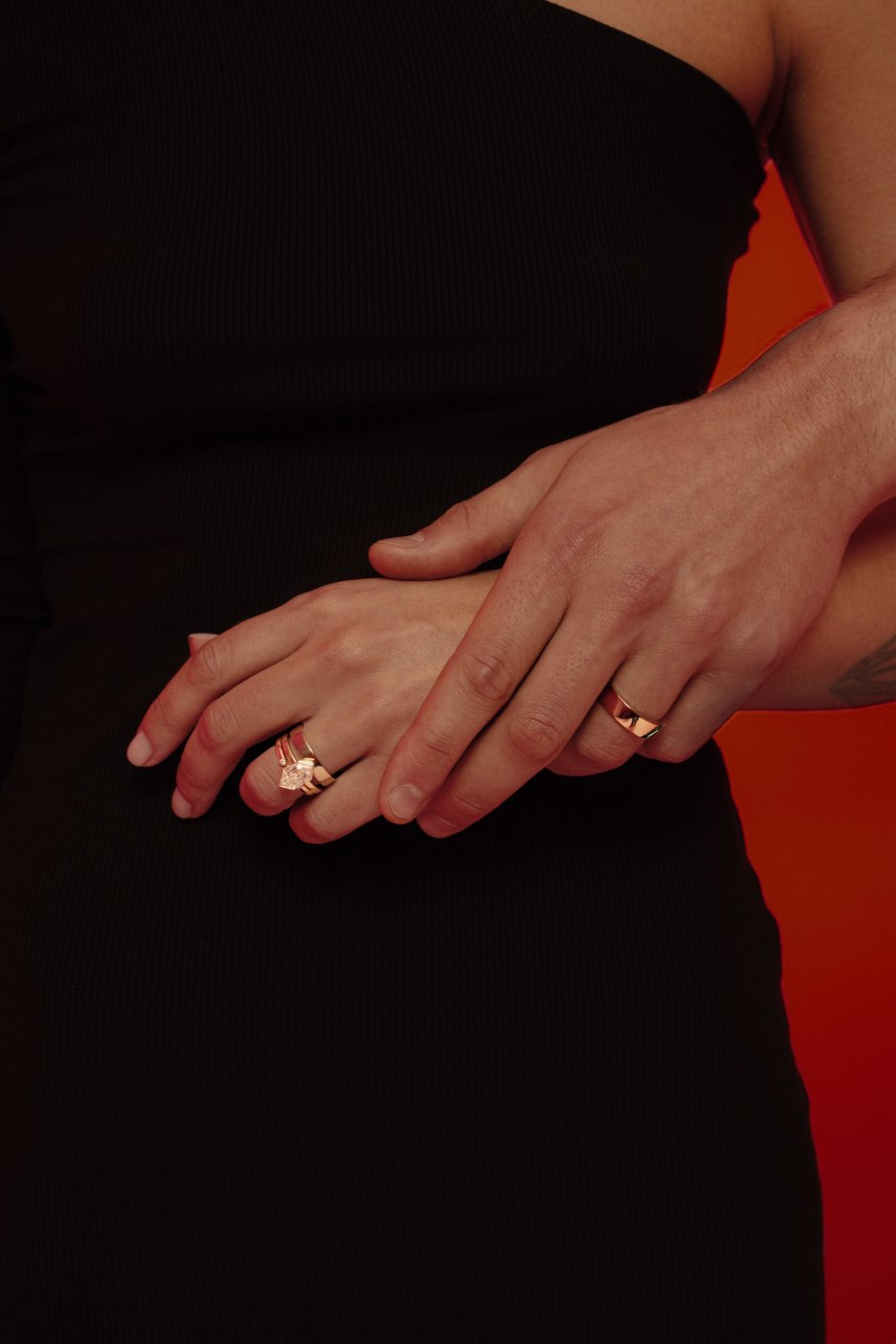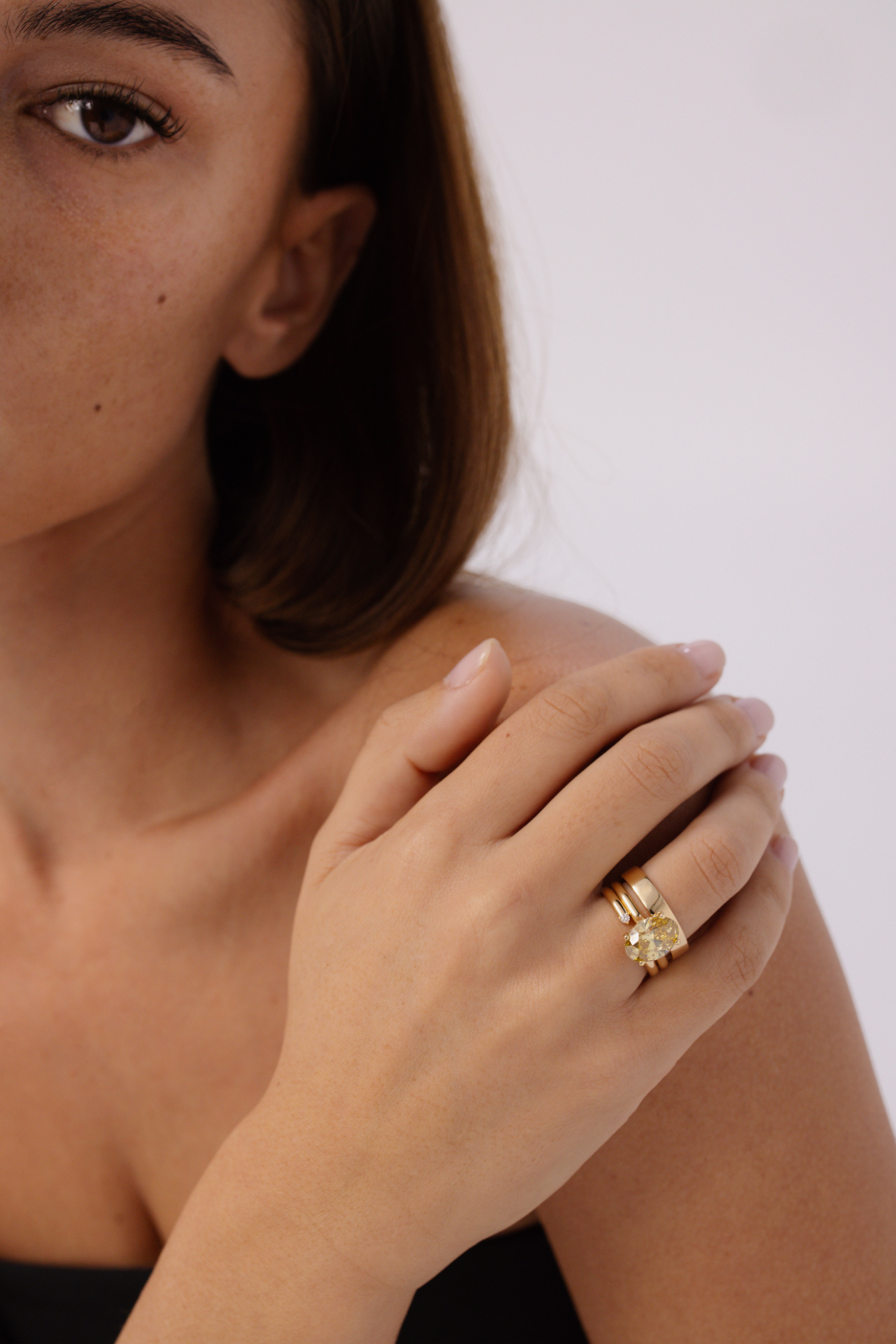Asscher Cut Diamonds – are they special?

Vintage. Unique. Geometric. The Asscher Cut is a hallmark of the 20s and 30s with its distinct “Art Deco” feel. It compromises of 58 square step-cut facets with wide corners giving it an elegant, vintage and classy vibe.
We’ll walk you through where the Asscher cut comes from, and what to look out for.
Where does the Asscher cut come from?
Joseph Asscher designed and patented this cut in the early 1900s.
It only became popular during the Art Deco period – in the 1920s and 1930s.
The original design had 58 step-cut facets. Cutters nowadays intentionally use the trendy step-cut design.
What is unique about the Asscher cut diamond?
The Asscher cut diamond has a unique symmetric square-like pattern.
The facets spanning the corners at the ends of the crown and pavilion produce a design defined as the windmill.
This pattern contributes to the quality of the diamond cut with it being symmetrical and balanced.
What you need to know when selecting an Asscher cut diamond
The key with Asscher cut diamonds is how well it has been cut. Most Asscher diamonds are poorly cut.
What you want is to look for windmills that are balanced in size and symmetrical vertically and horizontally.
The windmills should extend all the way to the middle of the stone. They should also meet in the middle – which helps balance the look of the stone.
The corners around the stone should also be symmetrical and proportional to each other.
Mistake 1: Relying on Grading Report
A common mistake is relying on the grading report. The best way to solve this is to visually inspect the diamond either through photos or videos.
Here are two real Asscher diamonds, with the same grading properties – they both have Excellent Polish and Symmetry. But the one on the left looks significantly better.
Mistake 2: Windowing
Another thing to be aware of is “windowing” – which refers to how much light leaks from the diamond – i.e. how much you can see through it (like a window). Windowing is more apparent in Emerald cut diamonds. But can also affect Asschers.
If you can see your finger underneath this infers a high amount of light leakage.
The stone on the left shows a lot of light leakage. You want to avoid these stones as it affects the “fire and brilliance” of the stone (how well it looks).
Asscher cut diamonds with excessive depth, particularly those above 70% should be avoided as they will seem relatively small for their carat weight. We tend to pick diamonds with a depth between 60-70%.
All of this only matters if you’re picking your own stone. We recommend choosing stones with a minimum colour of G and a minimum clarity of VS2 or higher. This will ensure you have an eye-clean and white diamond. If you’re less sensitive about colour – then play around with lower grades.
At Four Words – we aim to make things easier for you by selecting the best diamonds that you can see. Meaning you don’t need to think about playing around with depth percentages, checking corners and inspecting videos!
But if you are picking your own stone make sure to inspect it either through photos or on video. Don’t rely on just the grading report.
Why we like Asscher Cut Diamonds
1. Asscher cut diamonds are great for everyday wear
The Asscher cut diamond has no sharp edges so they are easy to wear especially in an engagement ring. They are perfect for people that work a lot with their hands such as vets, doctors, nurses, teachers and agriculture.
2. The windmill in the Asscher cut is all class
This diamond looks fantastic in vintage and modern settings, highlighting the art deco style. And you can’t look past the symmetry of the windmill in the diamond.
** 3. They pair well with gemstones**
Asscher cut is also a safe bet if you are looking to pair it with other diamonds or gemstones. Aquamarines, sapphires, and rubies all complement beautifully.
What you need to watch out for with Asscher Cut Diamonds
1. Asscher cut diamonds make imperfections more visible
One of its most significant disadvantages revolves around cut and colour grades. These stones have a deeper cut, so they show more colour than their Round Brilliant counterparts. They also show more inclusions exposing any stone imperfections. Make sure to inspect your stone to be sure you’re getting the best.
2. They aren’t as sparkly
Step cut diamonds like the Asscher have a lower brilliance due to their horizontal facets. It is for this reason that you need to pick out the best possible diamond that the eye can see with no visible inclusions, and a high colour and cut grade.
3. They look smaller than other equivalent cuts
Asscher cut diamonds seem smaller than the other diamond cuts because the weight of these stones is predominantly in the pavilion. The surface dimensions of an Asscher diamond are smaller than that of other stones of similar carat size. For example, a 1 carat Asscher will appear smaller than a 1 carat diamond of a round brilliant.
Is the Asscher cut similar to other diamond cuts?
In terms of its aesthetic appearance, the Asscher cut diamond is similar to a square radiant cut. Its shape sometimes also resembles a Princess or a Cushion cut.
However, it is possible to differentiate the Asscher diamond from other diamond cuts because of its light performance.
- Asscher’s will have horizontal step-like facets.
- A princess cut will have pointed corners, with a unique brilliant style facet arrangement.
- And radiant cuts will compromise a mixed facet arrangement with straight or rounded corners.
Asscher's will primarily have 3 rows of 8 facets on the crown and pavilion, with the girdle consisting of 8 facets, approximately having a total of 57 facets.
The Asscher diamonds usually have small tables, built-up crowns, broad girdles, pavilion bulges, and a high depth percentage. Some of these characteristics result in the stone to appear smaller than a Round diamond.
Where to next?
An Asscher cut diamond engagement ring is a statement in style and in symmetry. You can’t go past the windmill effect and the history of the art deco era of the 1920s.
At Four Words you can get a lab grown Asscher cut diamond engagement ring.
You can even design it in exactly the way that you like by working with our designers. And if you are struggling to settle on a design, talk to us. We know how confusing and difficult it can be!
If you’re looking for more guidance we have written some articles on:
- How to approach designing an engagement ring;
- How much you should spend on an engagement ring;
- Our gemologists have even come up with the Four Word Standard – which makes it really simple for you to get the best-looking diamond to the naked eye!
